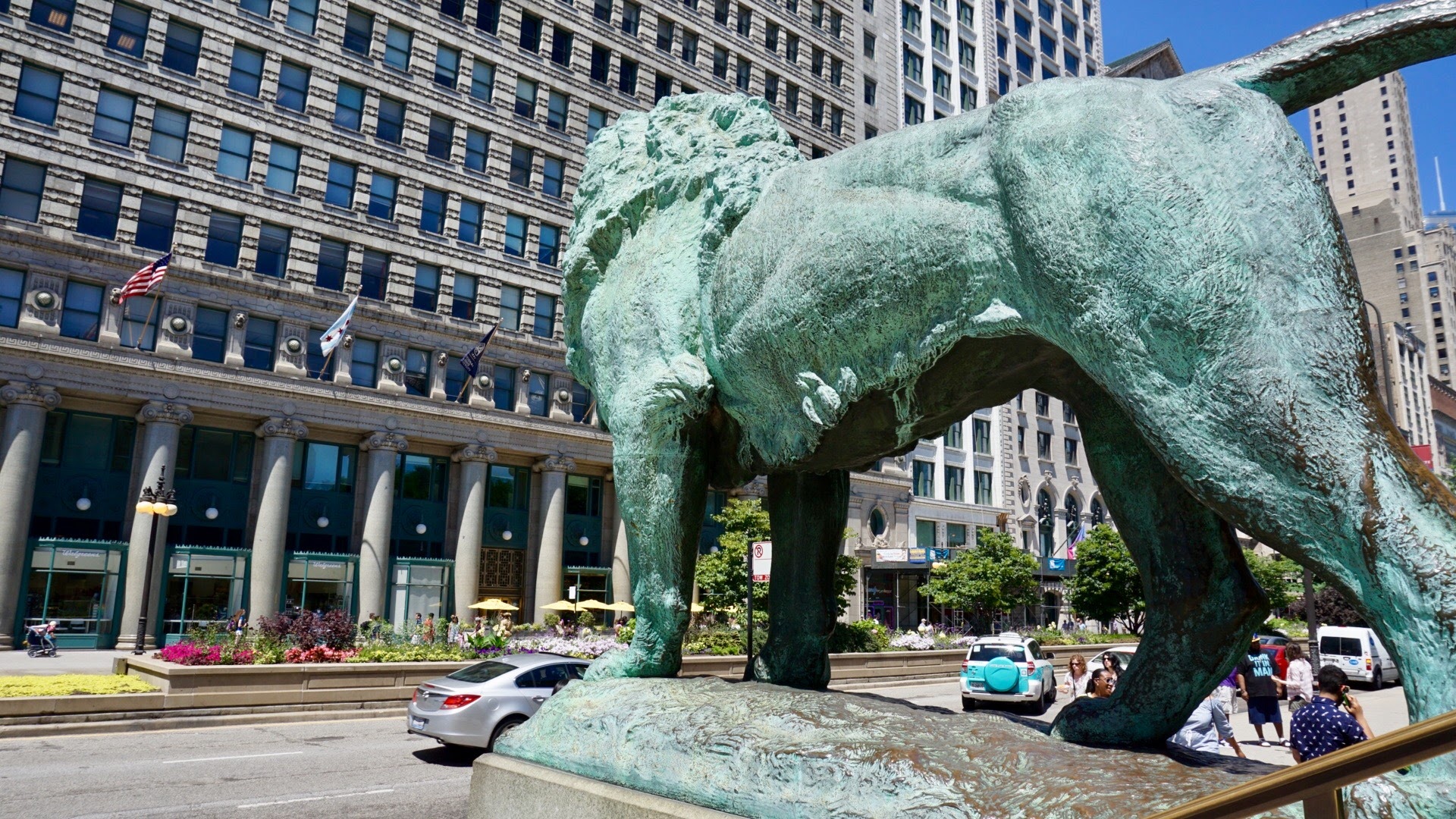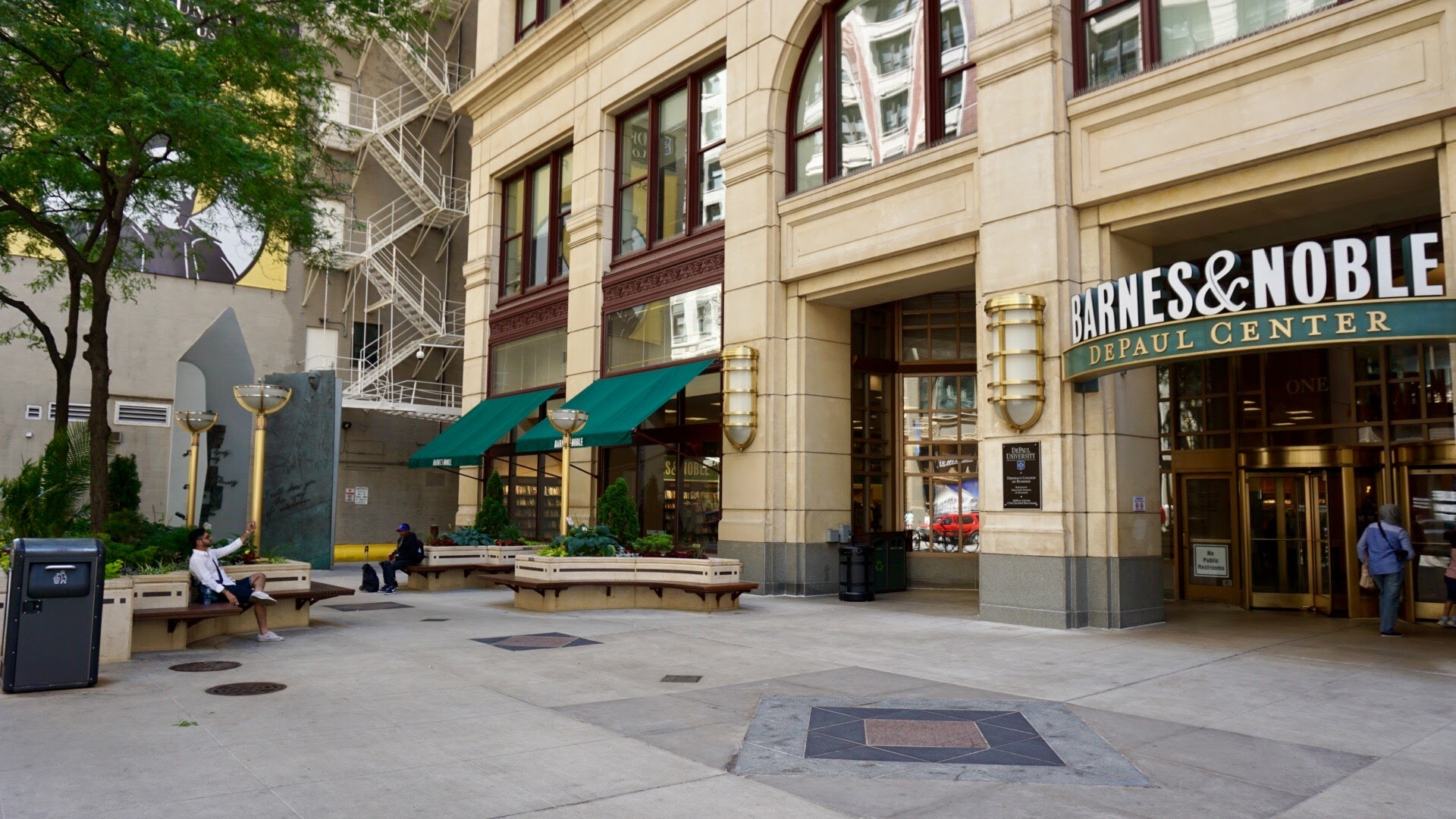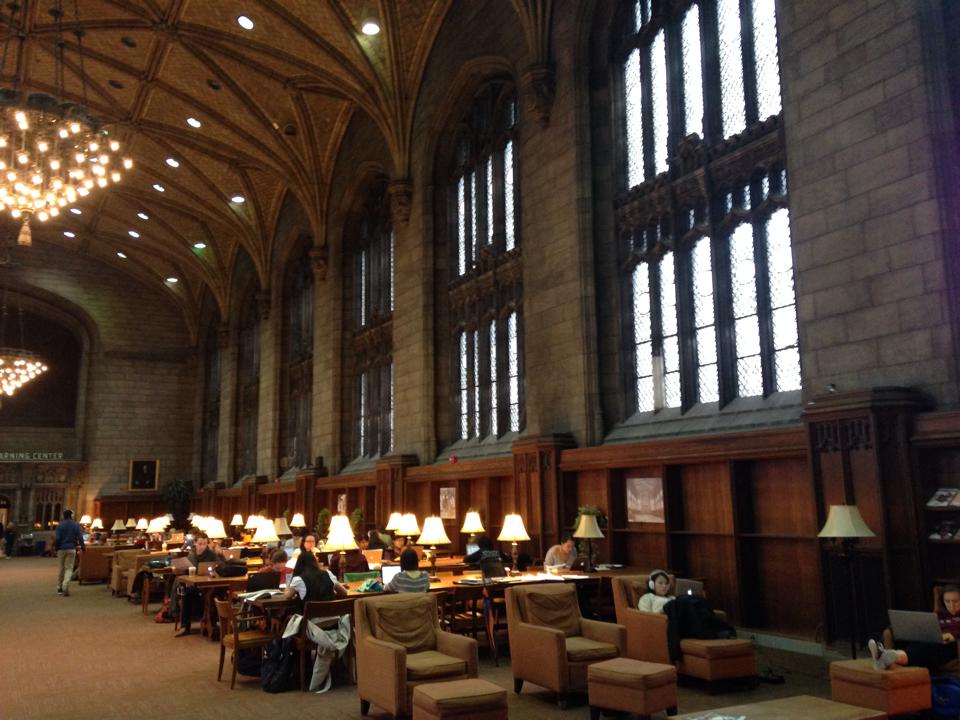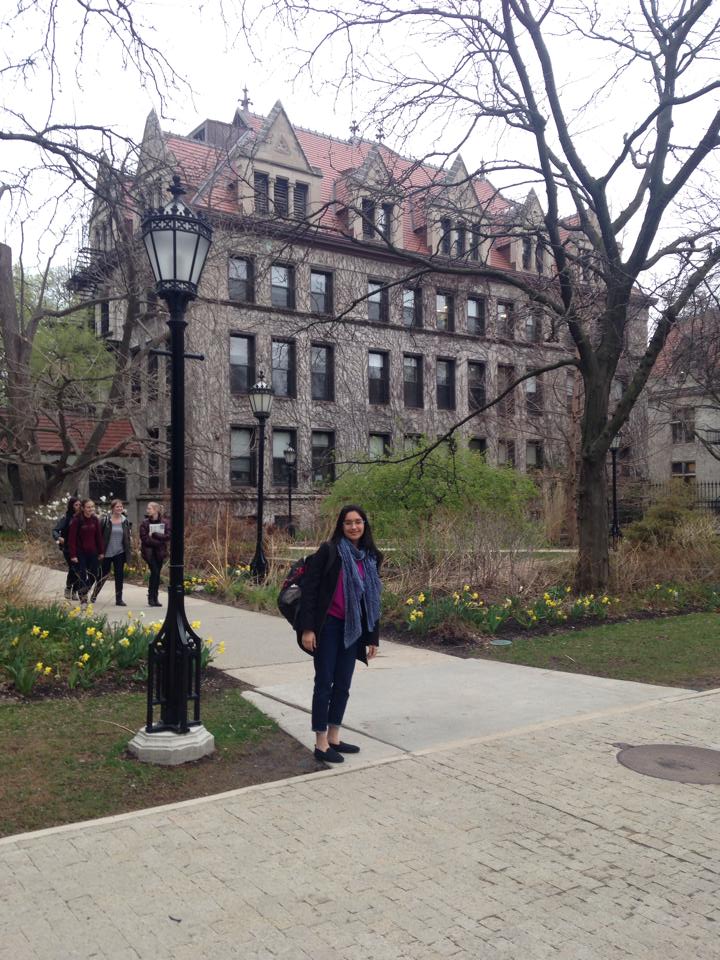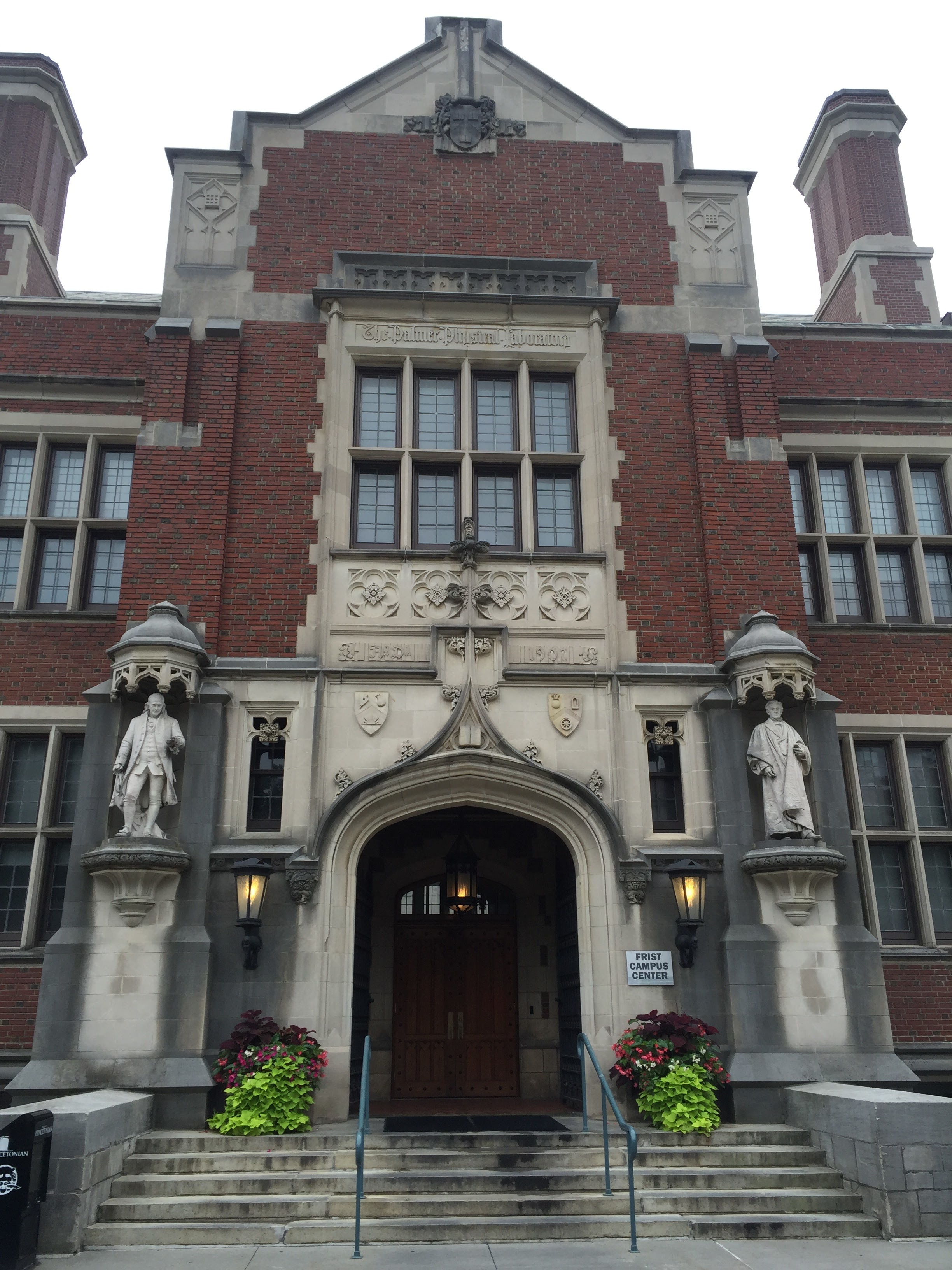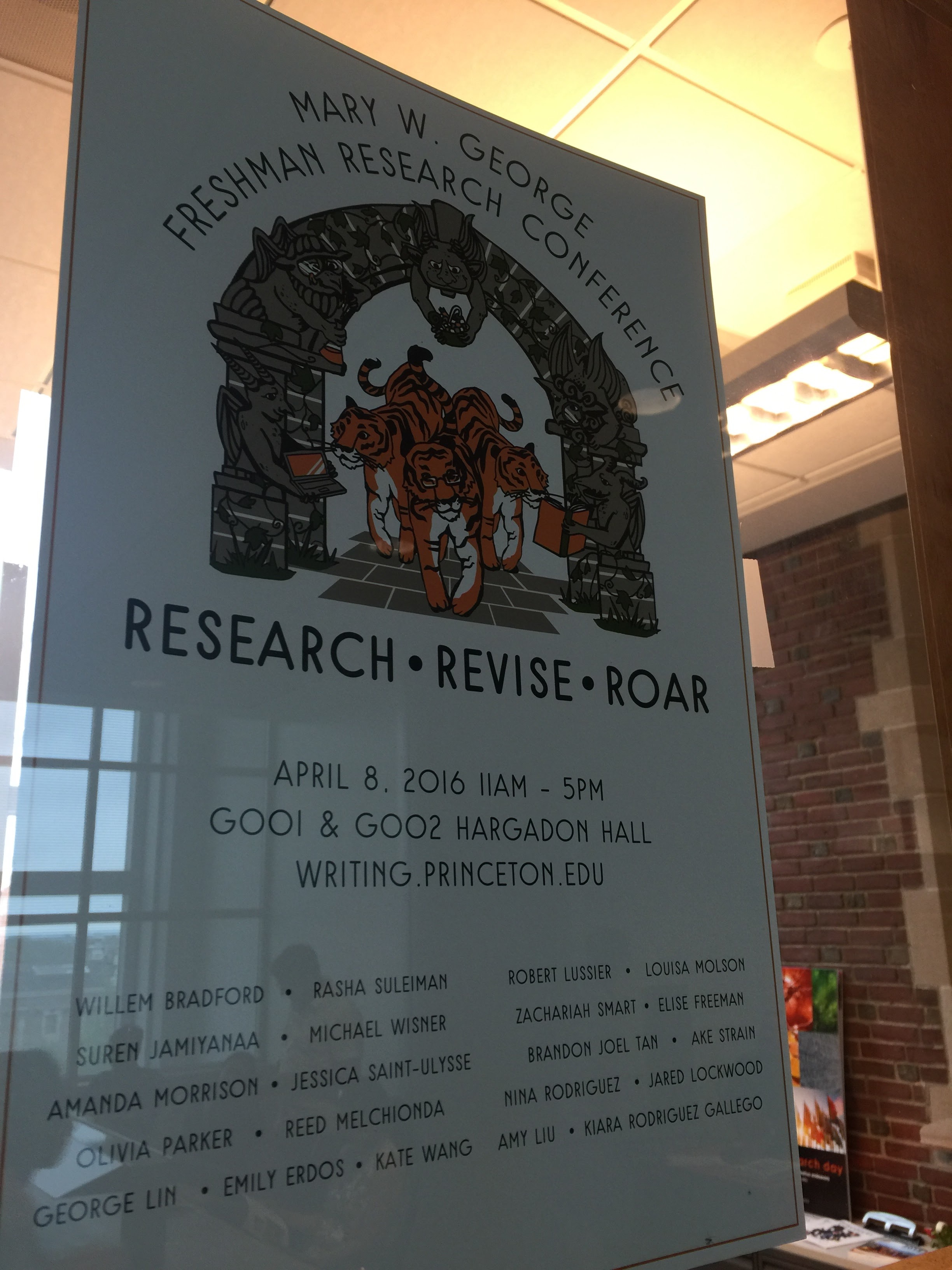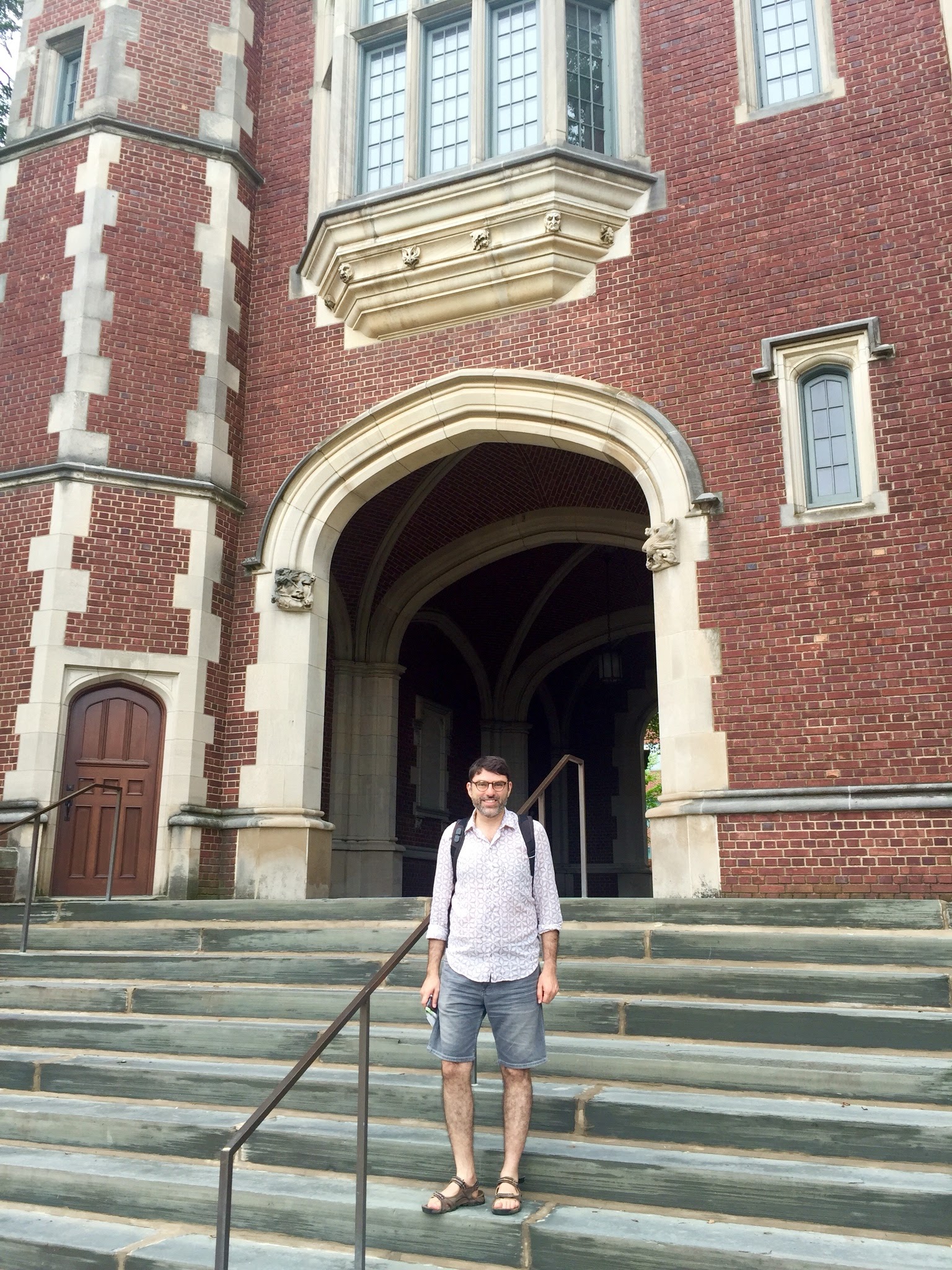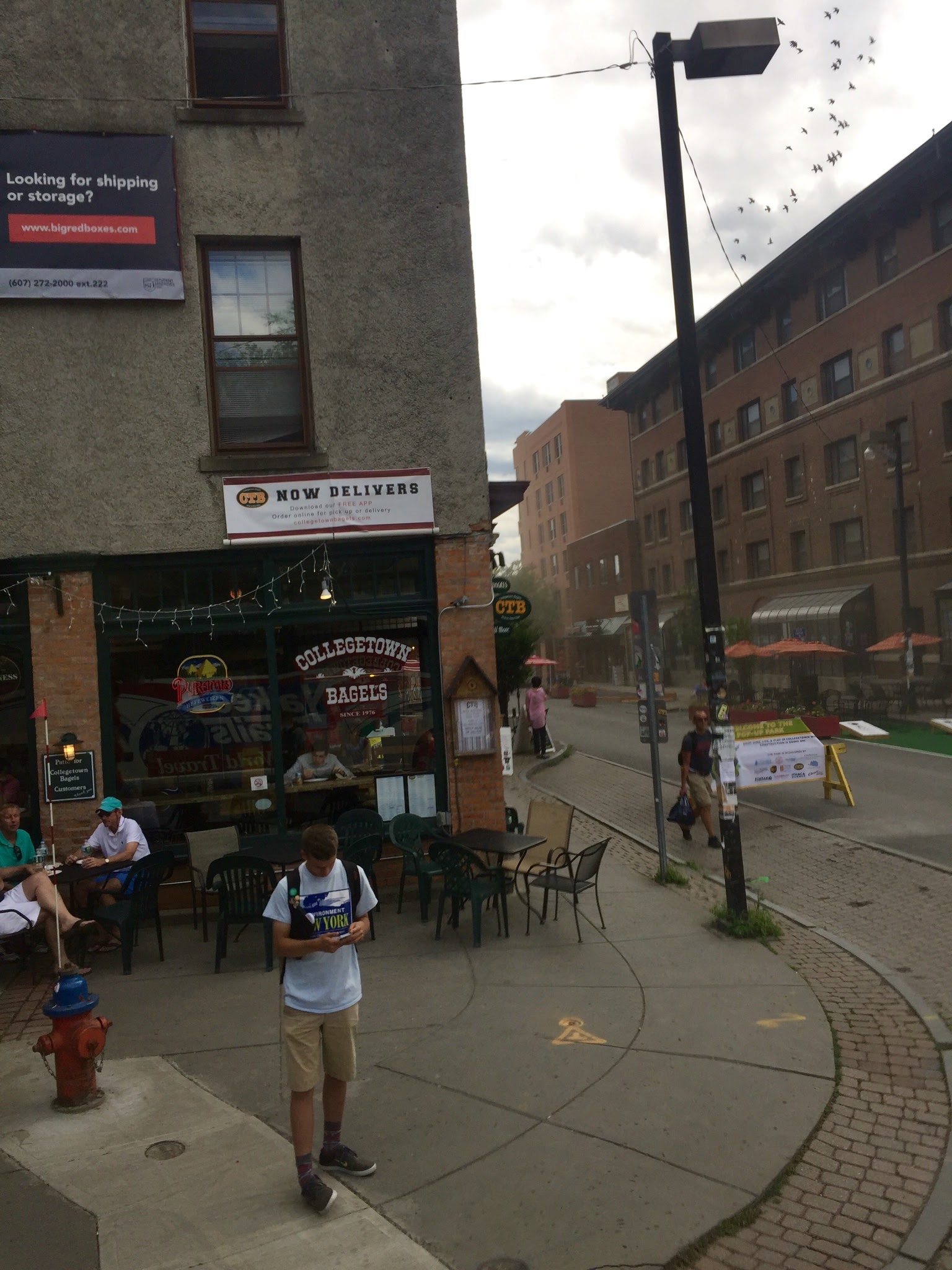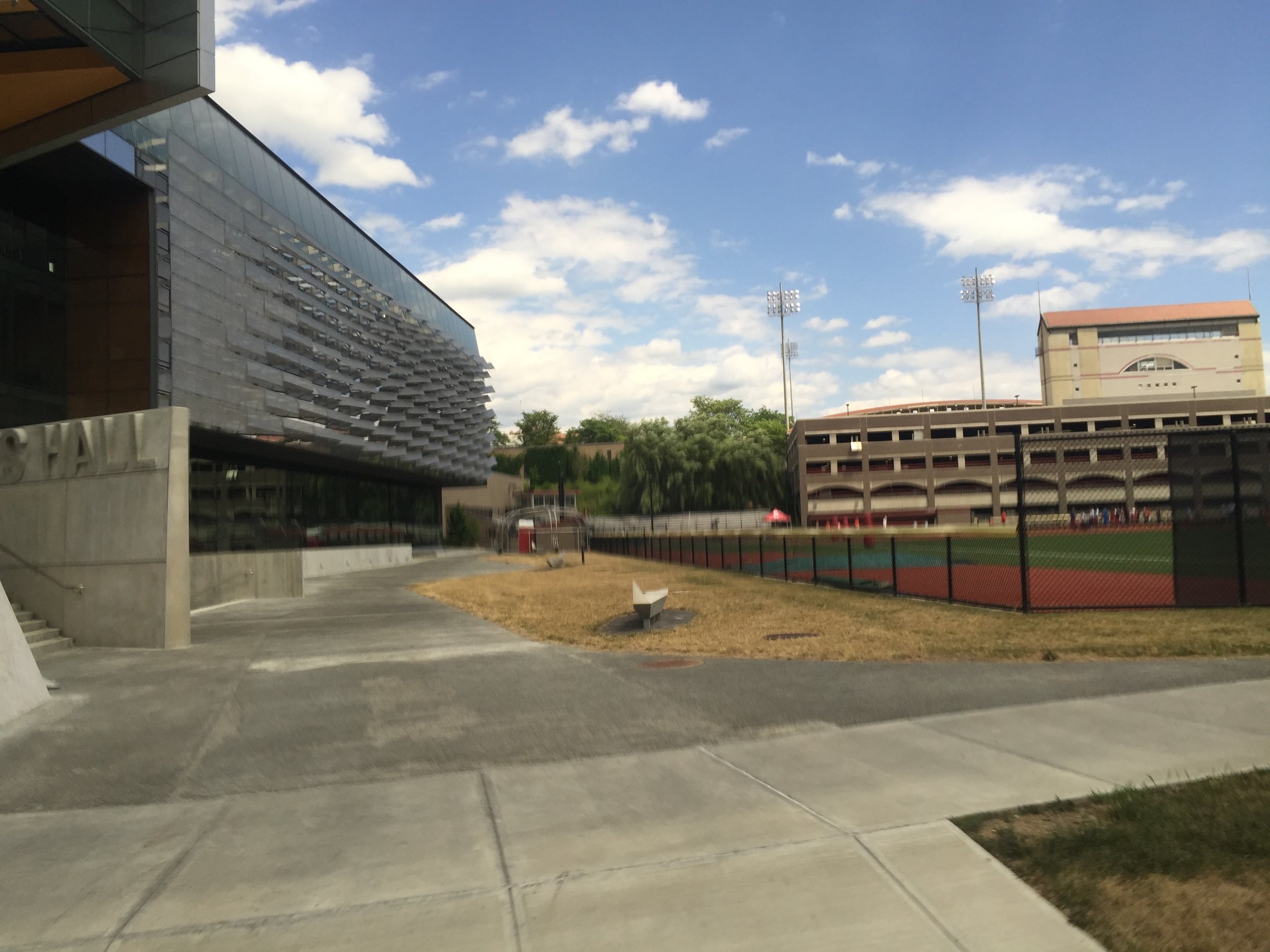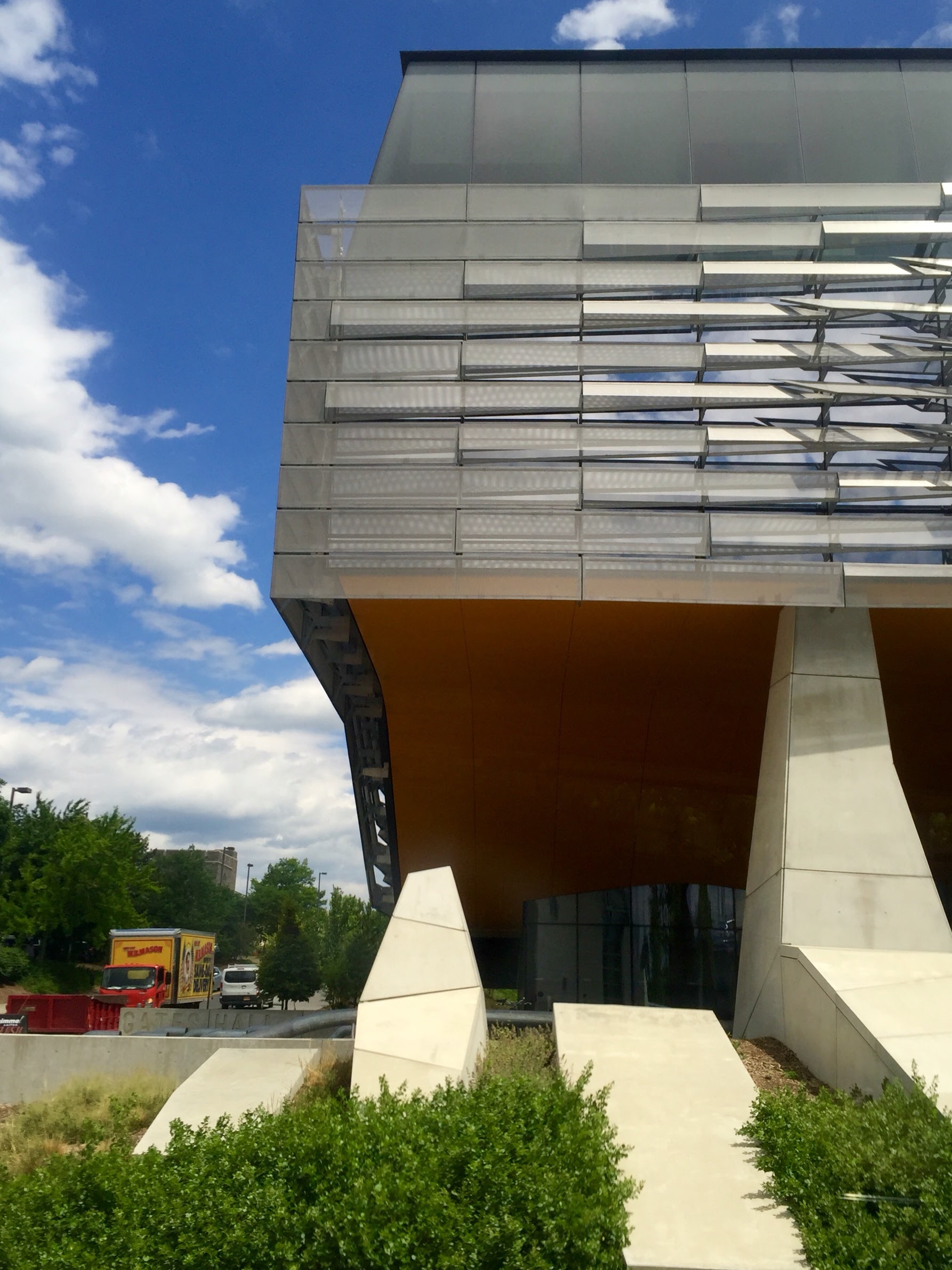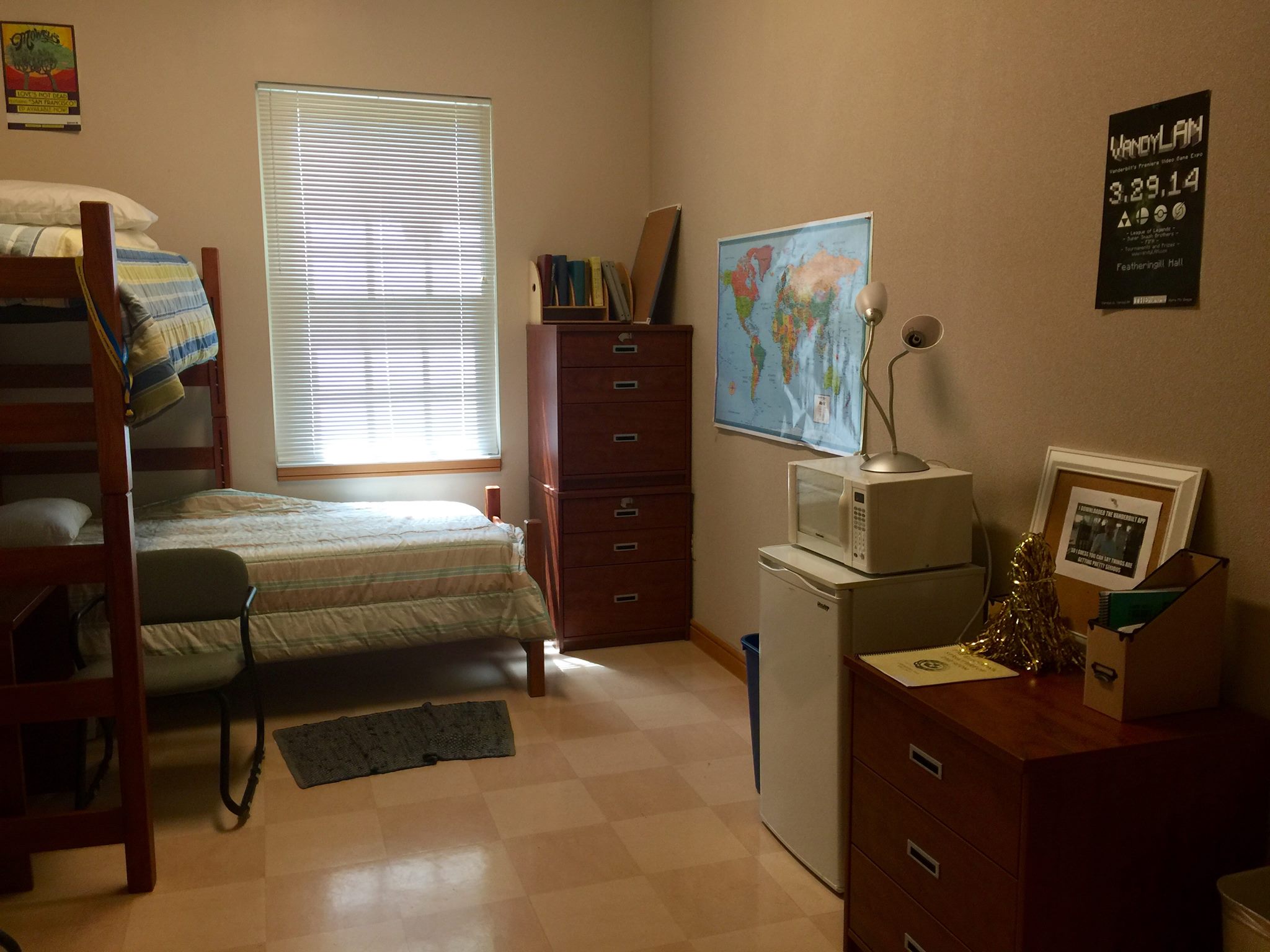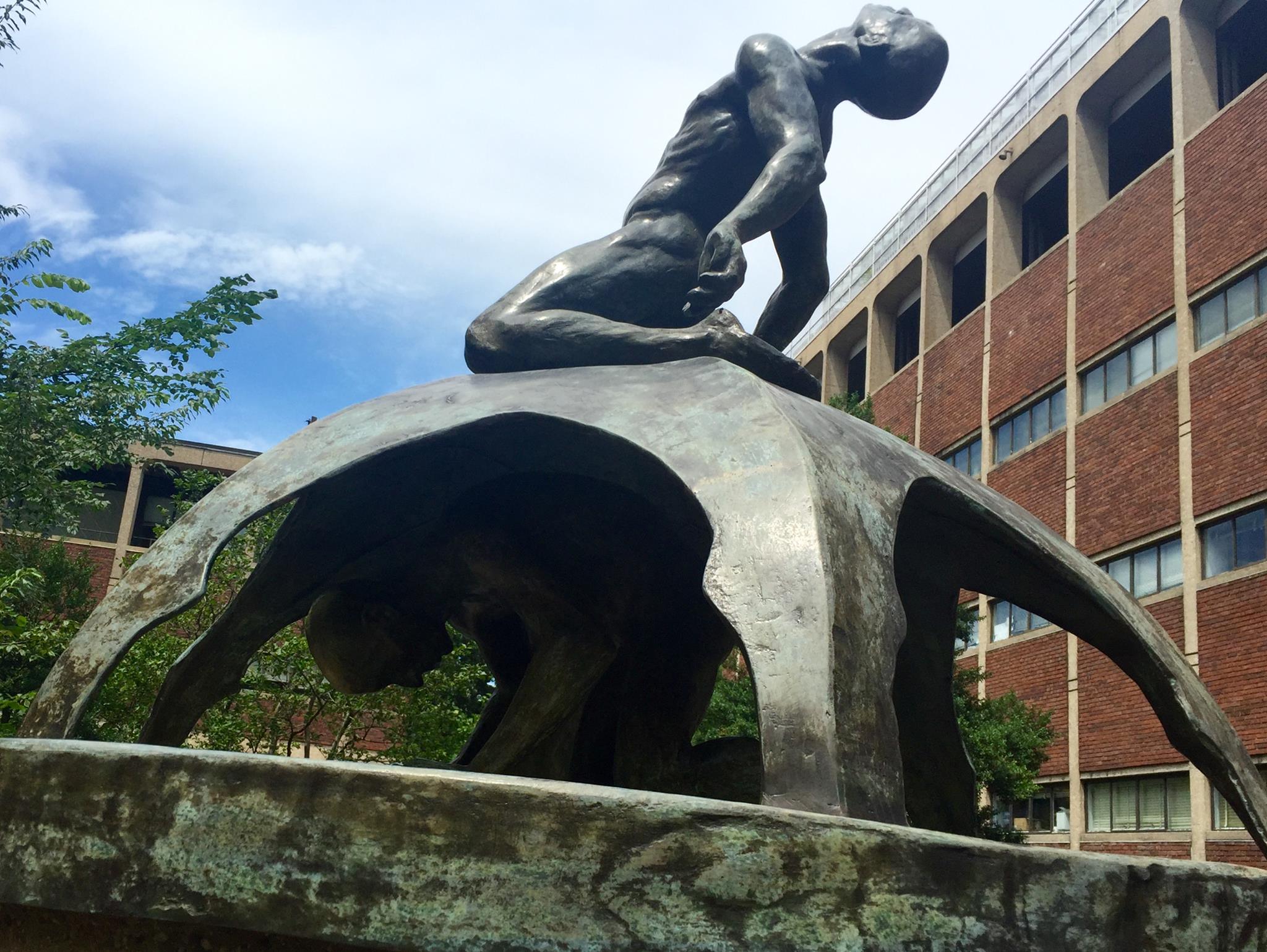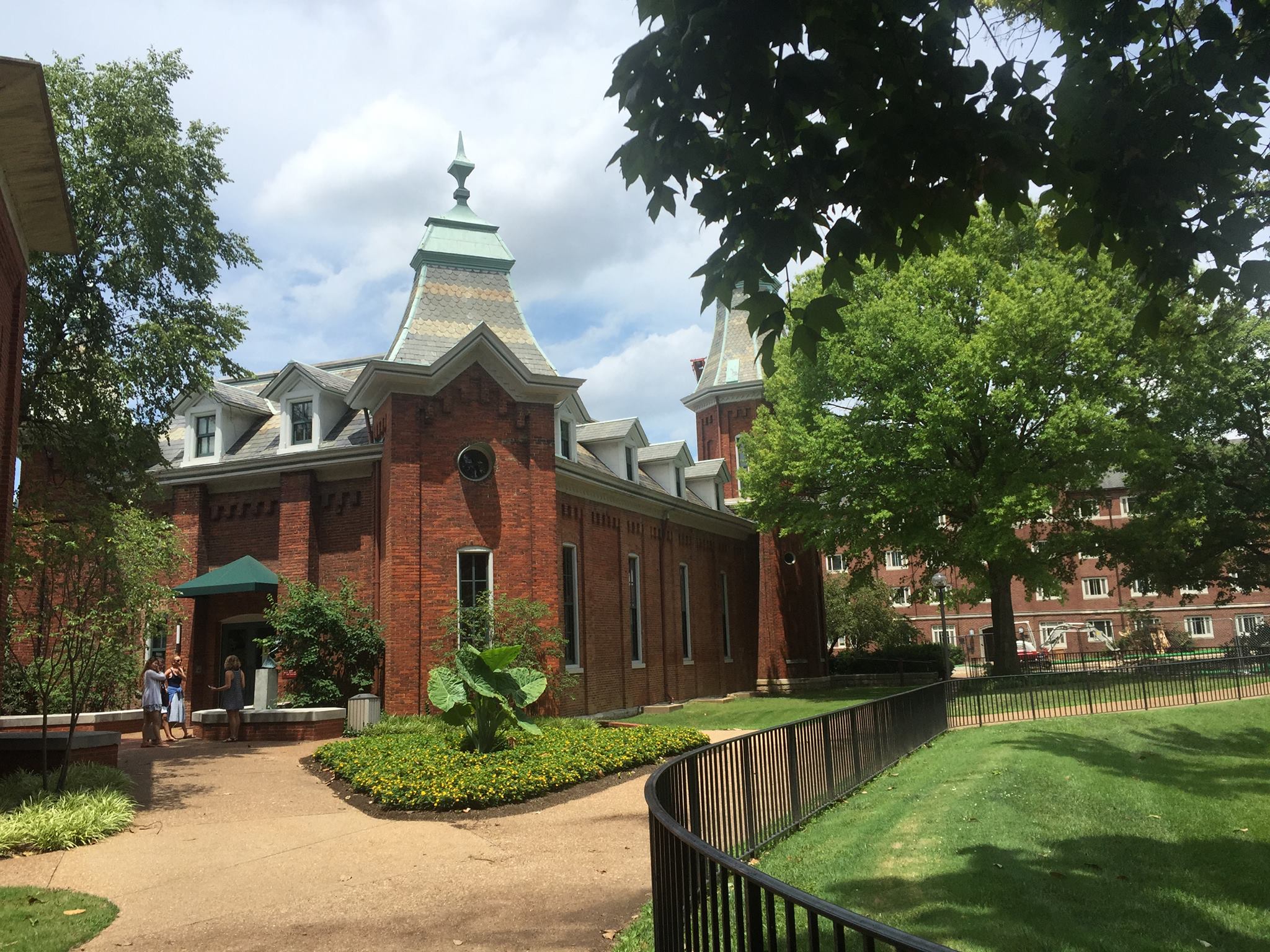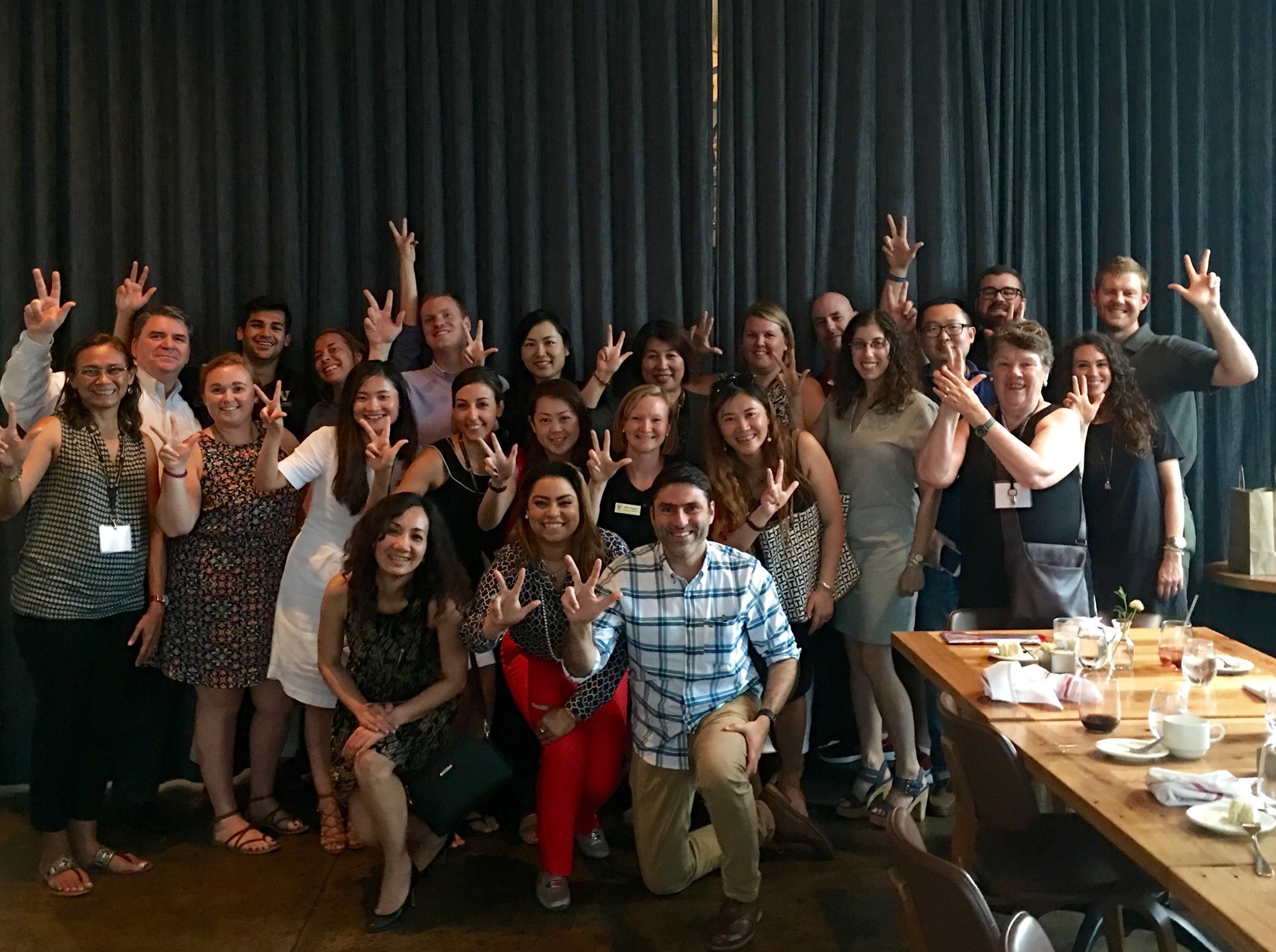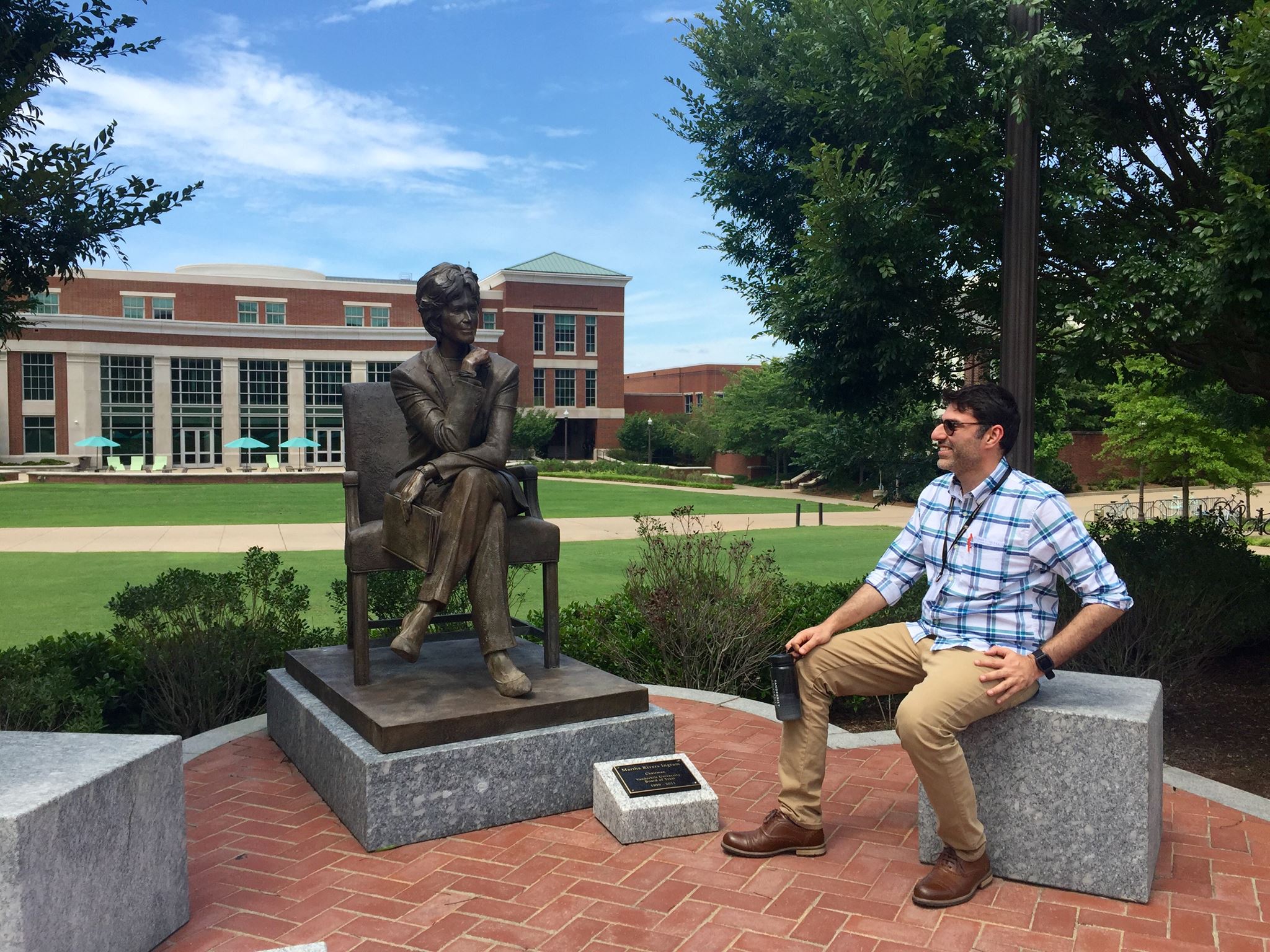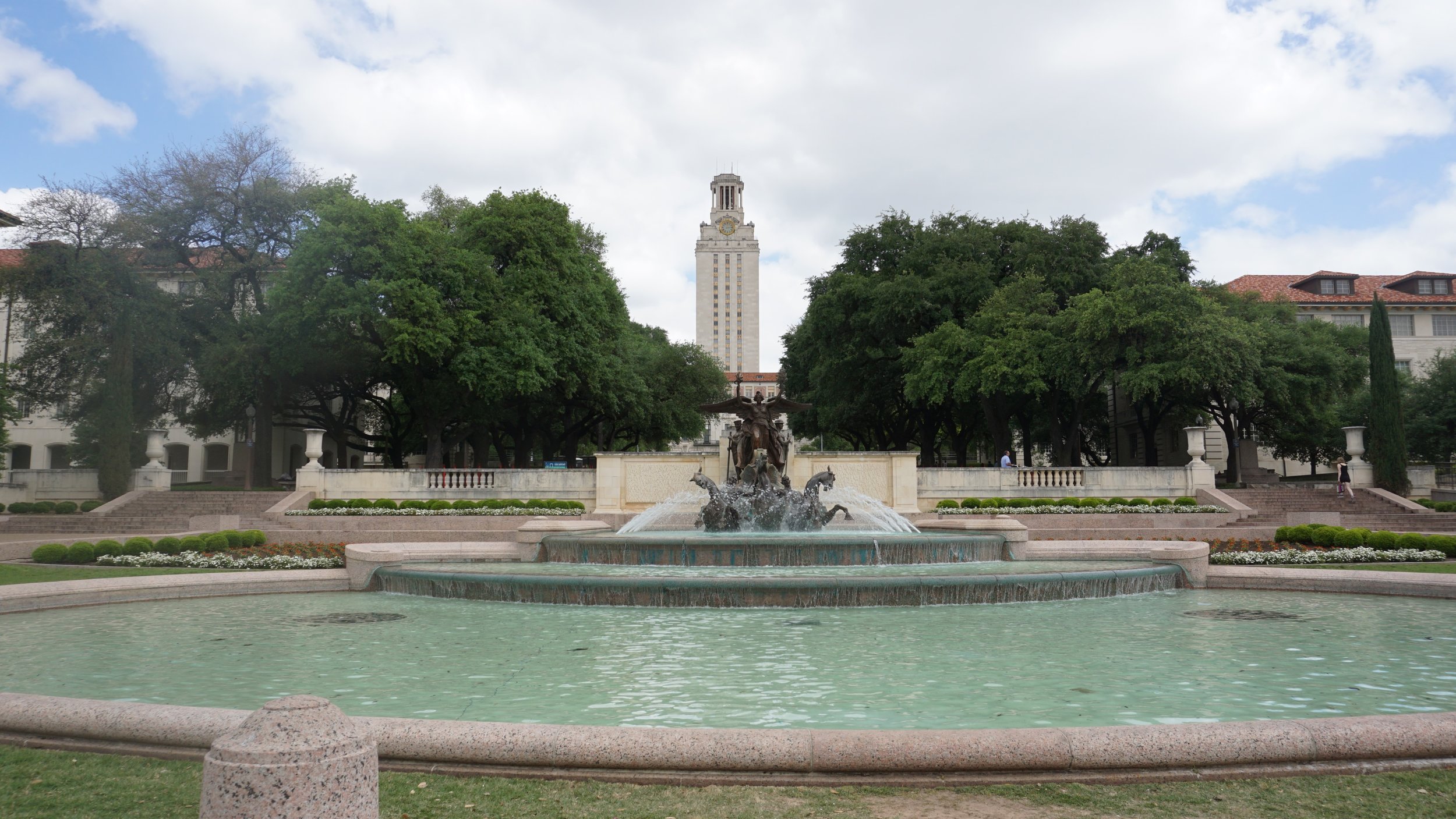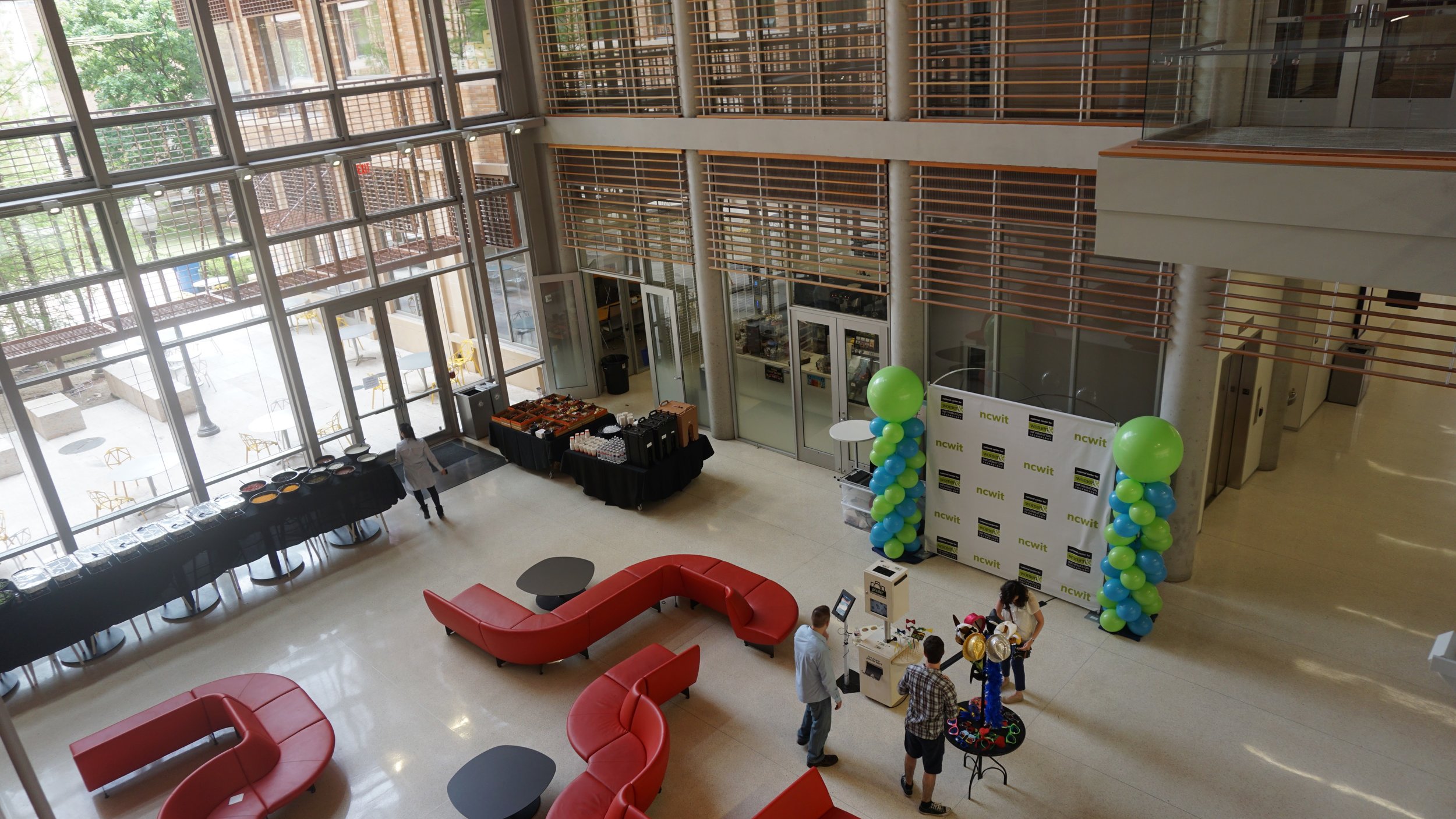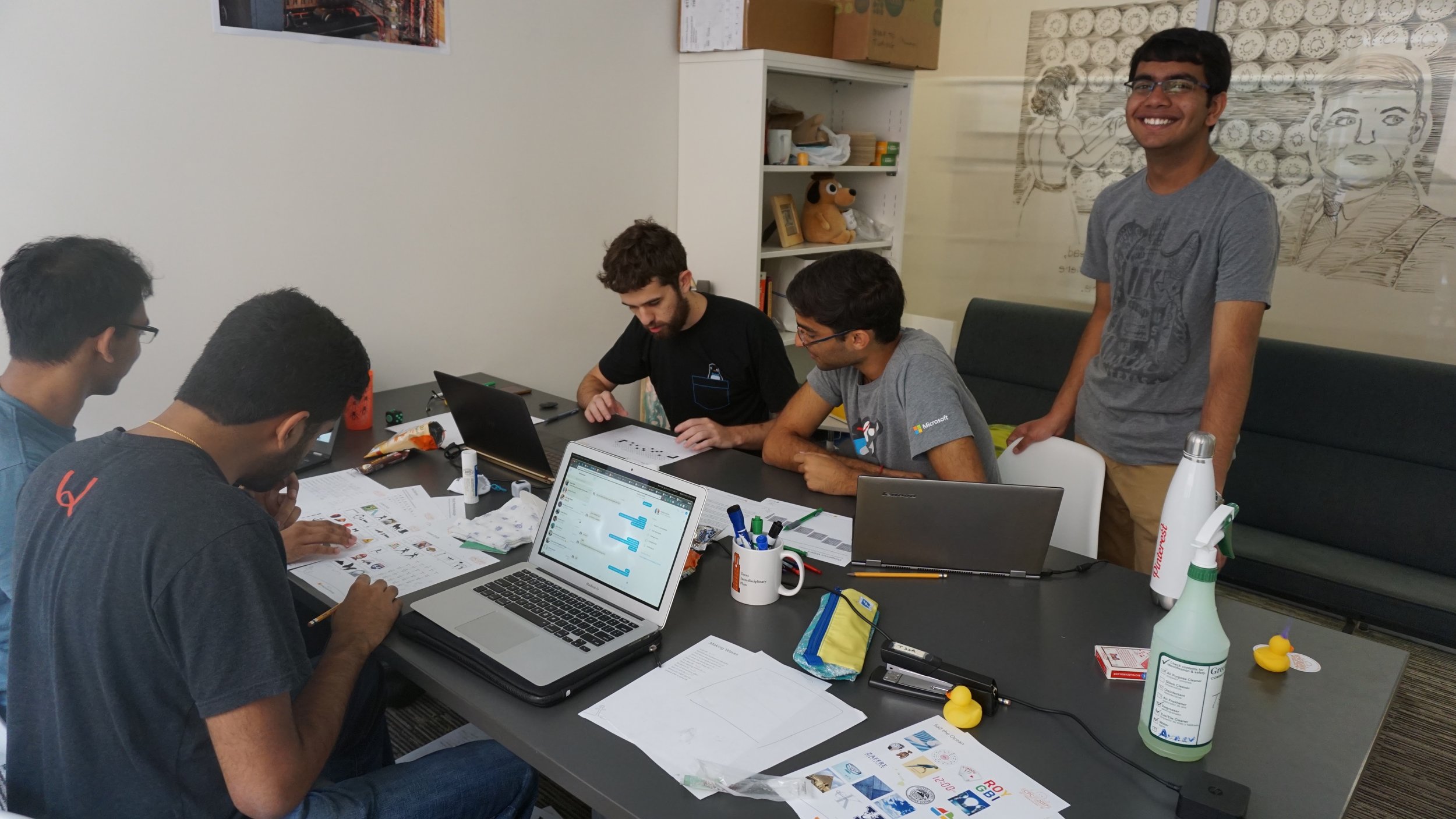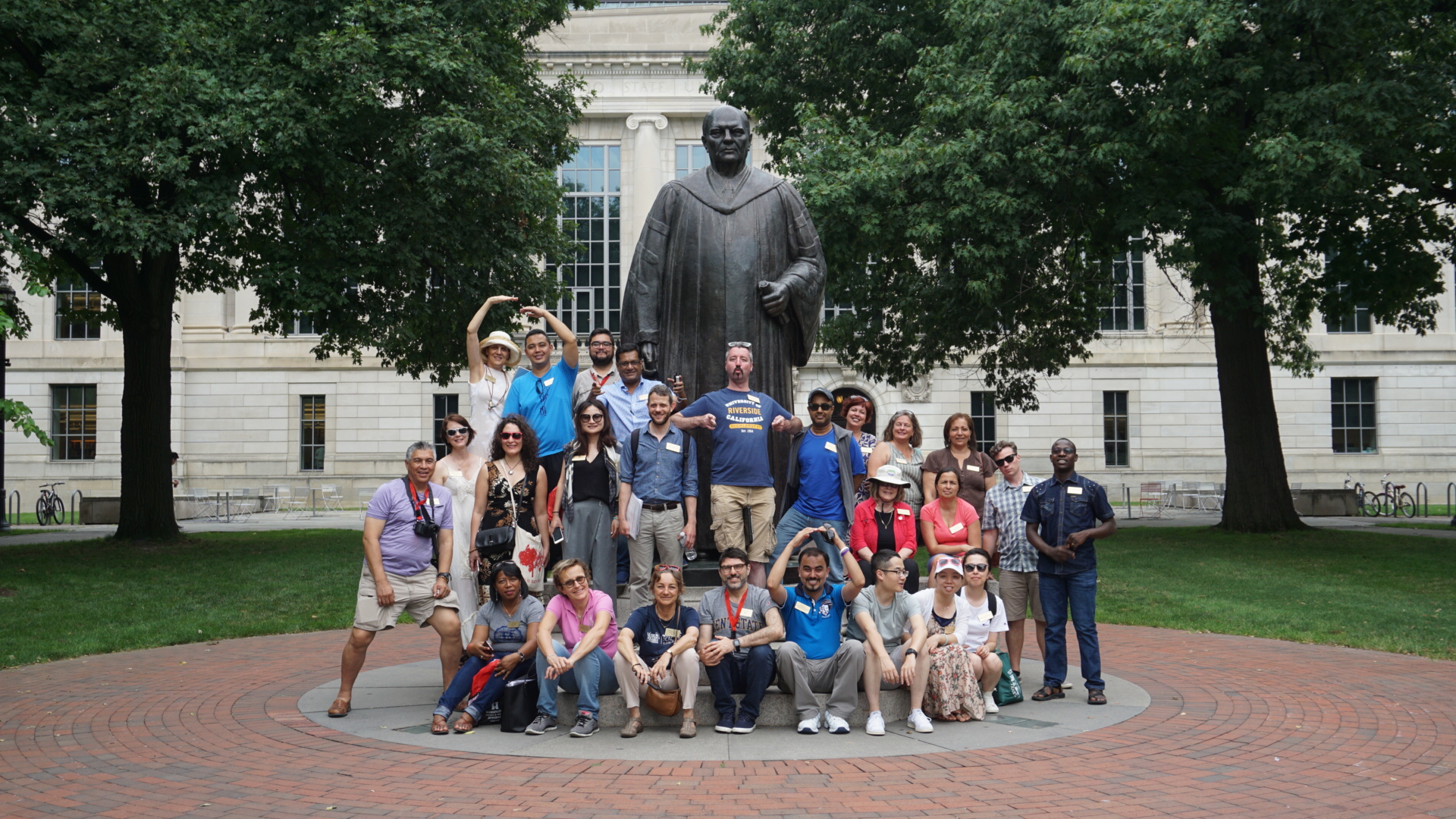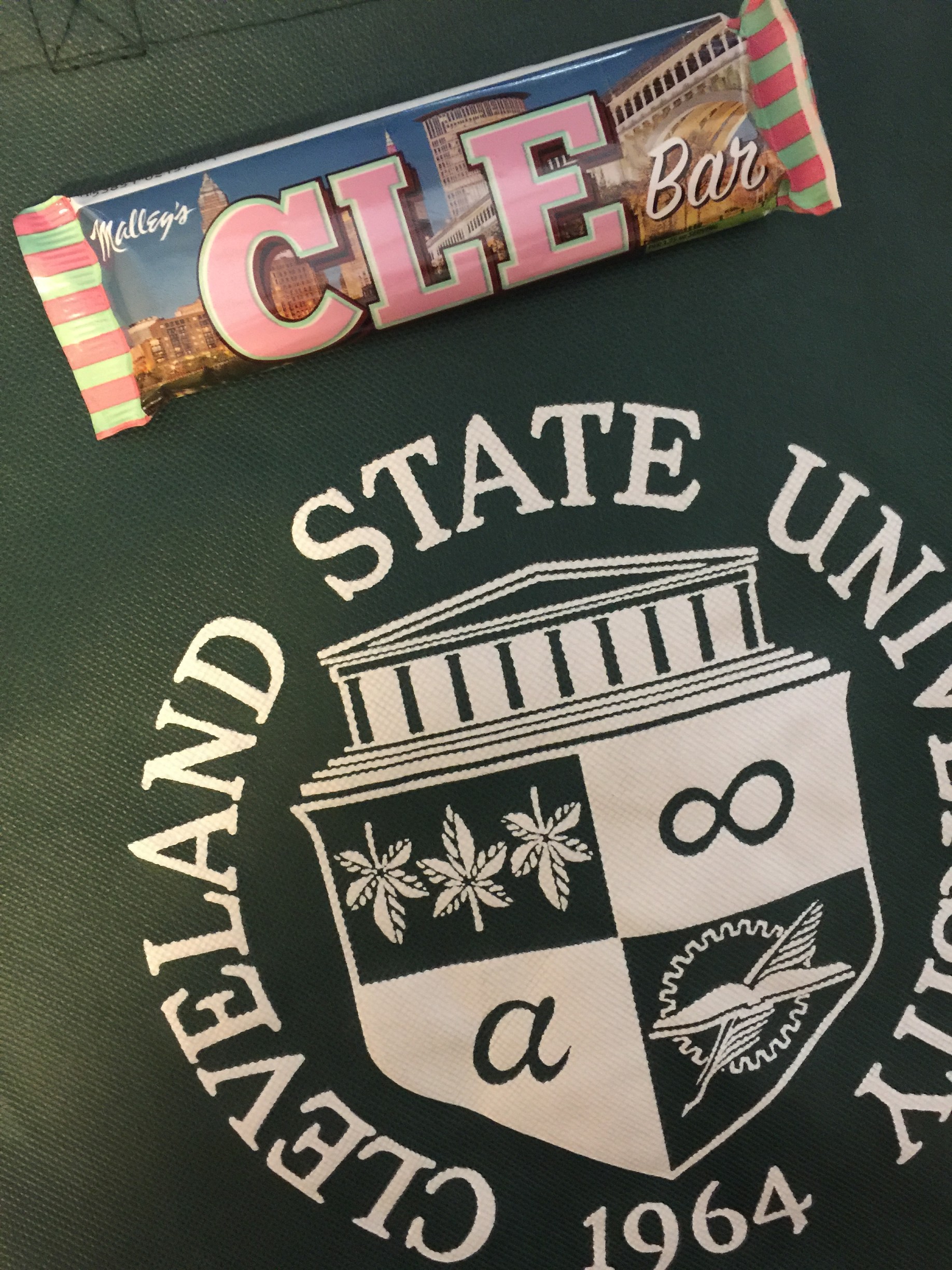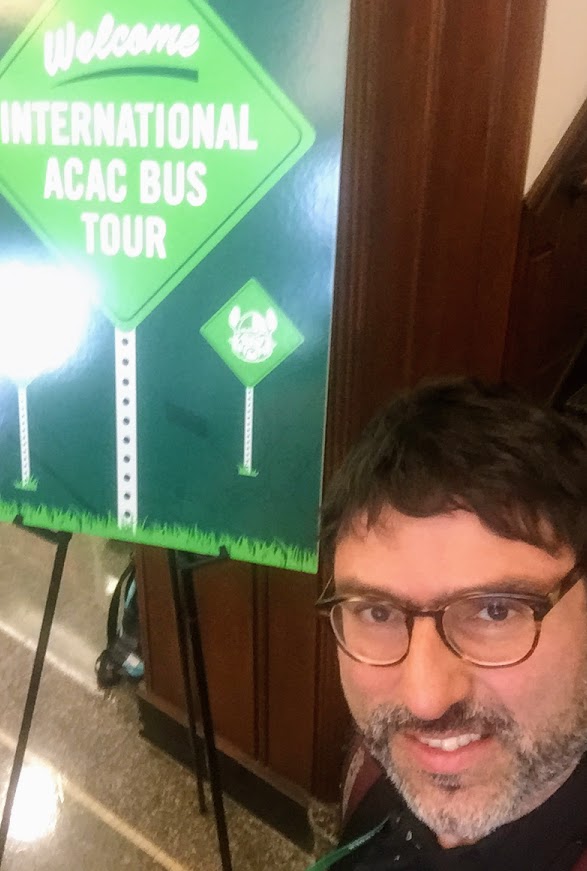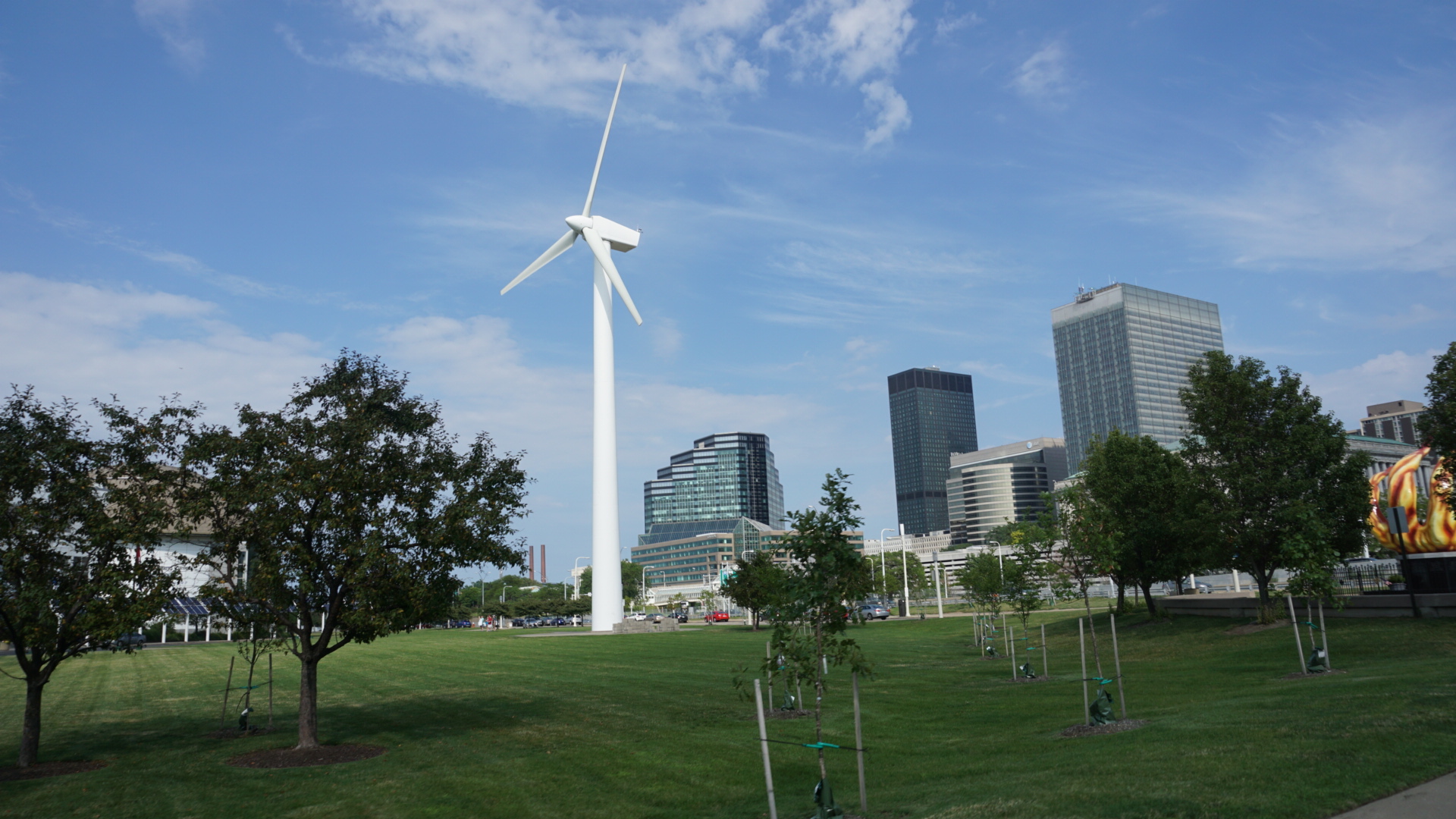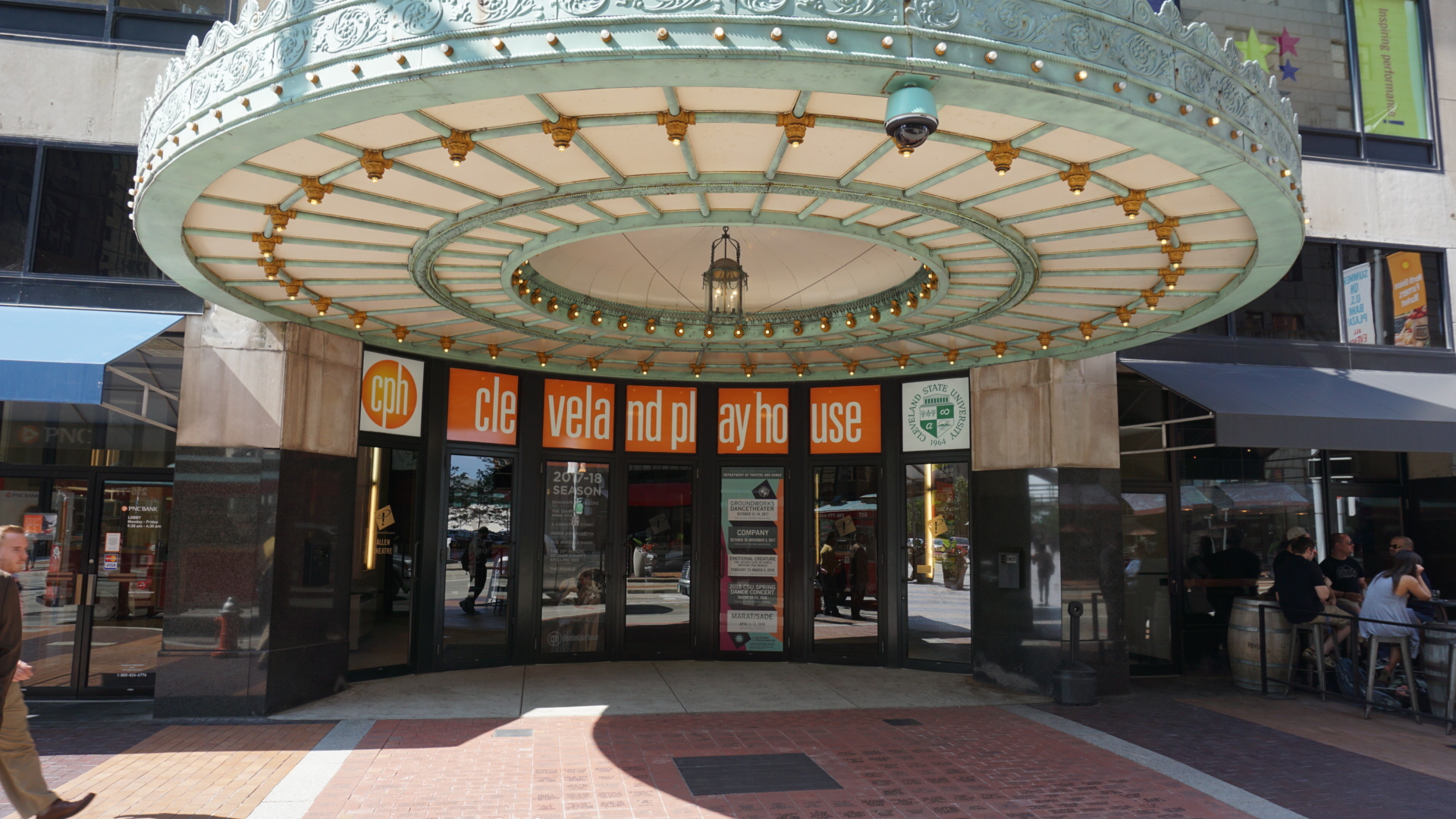Kenyon is known as the college that cares. It has one of the most passionate students in the country. The oldest private college in Ohio, Kenyon’s 1,000-acre campus sits on a hillside overlooking a scenic view of river, woods, and fields in a secluded village of roughly 600 residents. The college’s oldest building, Old Kenyon, dates from 1826 and is said to be the first collegiate Gothic building in America, and the campus is on the National Register of Historic Places. The sleek, modern Kenyon Athletic Center offers 263,000 square feet of fitness and recreational space, including a basketball/volleyball arena, 22-lane swimming pool, 200-meter track, four racquetball courts, a 120-seat theater, and a sushi bar.
Kenyon is devoted to the traditional liberal arts. They don't have new majors coming up anytime soon because they believe in studying breadth of academia before divulging in. This means that unlike Denison, Kenyon doesn't have eye catching majors such as Global Commerce or Data Analytics. Kenyon is known for its English, Biology, and Theatre programs. A unique program is a farming independent study, which places stu- dents on nearby farms for field work each week. Preprofessional content opportunities include 3–2 engineering programs with several universities, and with high acceptance rates to graduate programs in law, business, and medicine. On-campus Summer Science research scholarships provide opportunities for collaborative research for aspiring scientists and doctors. While there is no core curriculum at Kenyon, all students must have proficiency in a second language. Students must also complete requirements in quantitative reasoning. About 20 percent of juniors are invited by their departments to read for honors, and about 15 percent graduate with departmental honors. The culmination of each student’s coursework at Kenyon is the senior exercise, which may take the form of a comprehensive examination, an integrative paper, a research project, a performance, or some combination of these.
The campus is secluded with even the closest grocery store a car ride away. One alum once mentioned that students didn't go to classes one day because a chipotle opened down the hill in Gambier. Students love their campus. The gothic style buildings and an open cafeteria where students sit on long tables is like something out of Harry Potter. Kenyon is very giving too. The school awards merit scholarships averaging $11,007 per annum. Thanks in part to a $10 million gift from Kenyon alumnus Paul Newman, the college also guarantees a loan-free education for 25 selected students with the greatest need who bring the qualities of creativity, community service, and leadership to Kenyon.
Social life is run my greek life and because of how far it is from a major city, the college does struggle in keeping students engaged on the weekends. All in all, Kenyon is an amazing school to meet smart, like minded people who you know will be successful in the years to come.
Here is the student profile for the class of 2020


